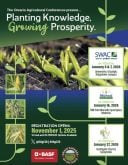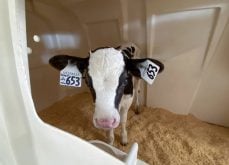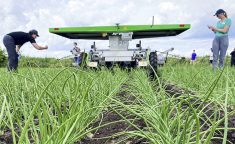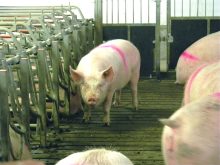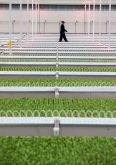Updated April 23, 2024
When the COVID-19 pandemic hit, Erin White and her swine barn staff were sending data to an office, usually by fax, where it was put into a computer by staff there.
The information flowed back and forth somewhat slowly, but the system worked.
Read Also
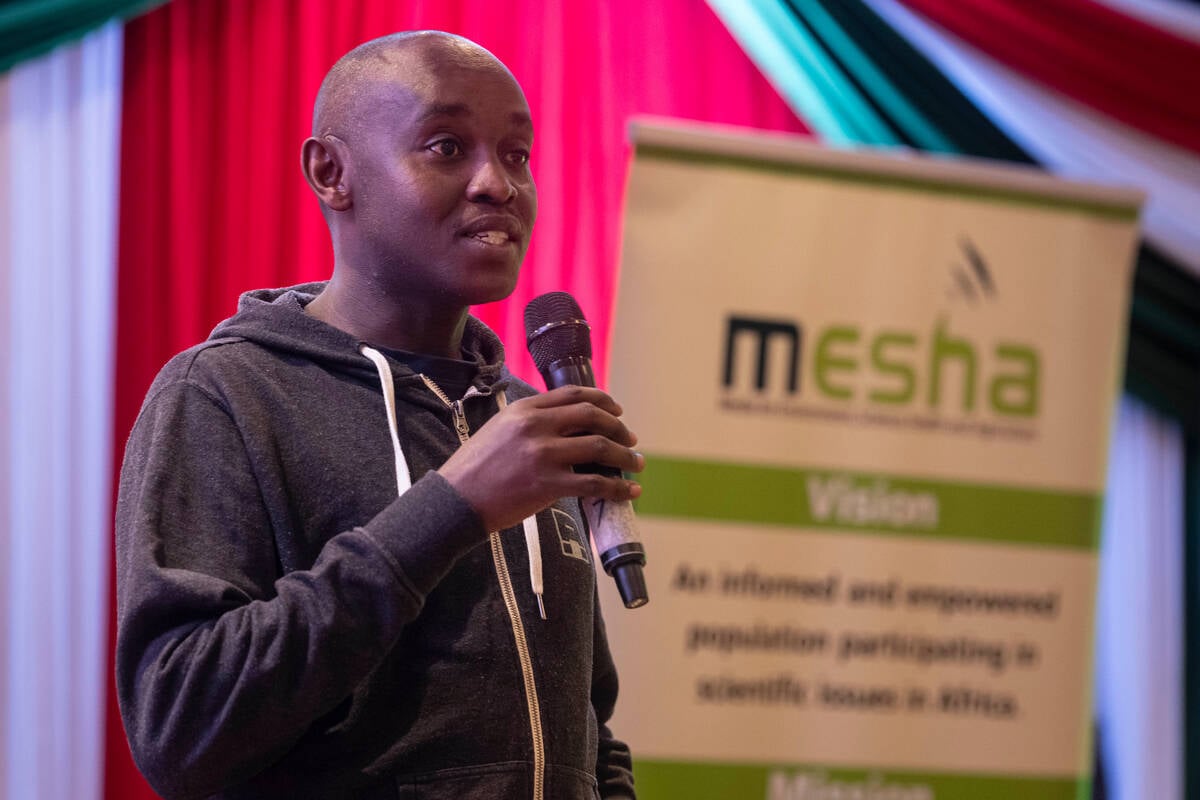
From WhatsApp to the world
Simple technology and a new approach are making it easier to connect farmers and research in Kenya.
When the country went into lockdown, no one was allowed in the office and new systems were not yet set up. That data gap drove the 2,600-sow unit to use mobile digital records.
“We had stacks and stacks and stacks of data with nothing worked on for weeks and as you can imagine, what we tried to do to sift through that and make corrections, it was a bit of a nightmare,” White said at the recent South Western Ontario Pork Conference.
The farm invested in mobile data software with its then-provider PigKnows, but last year was one of the first farms in Canada to move to Cloudfarms.
The immediate challenge was internet access, which was poor at the barn White manages for K&D Acres near Lucan, Ont. Staff had to remove the tablets from the barn to find enough service to sync the data, which was a biosecurity risk.
Installation of Starlink internet service solved that problem.
Now, instead of data cards and sheets to fill out every day, sow information is entered into portable devices carried by staff.
Each staff member has an independent login and the ability to enter real-time data.
Information about a sow service is entered at the time it happens.
Previously, White spent a lot of time at the end of each day pulling together information, but now the data is instantly available for workers, managers and advisors, such as veterinarians.
“It really lets us dig into what might be going on,” she said.
Real-time data value
Many hog farms are still making the transition to mobile data collection. Most have been using a hybrid system of paper data collection in the barn and then entering the data into hog management software, says Shalimar Martin, team lead for information services with South West Vets, a large swine-focused practice.
“At the farm level, transition to mobile entry is going to take away that double entry aspect and allow you to focus on what truly matters, tending to your production,” she says.
Real-time data decreases information gaps that can delay quick intervention if a disease or other health problem arises.
Any time a human is involved in entering data, there’s a risk of error, so new data-gathering systems work to lessen the number of human interventions. Standard practice has had several people touch the data in hog barns, especially farrowing units where data cards related to sow stalls and farrowing crates have to be summarized and entered into a computer.
Now, one person can scan a QR code, identify a sow or a process and enter the needed data.
The systems also make information quickly available. Certain workers can be assigned to administer certain processes and medications.
A real-time data system allows multiple data points to be brought together for better decision making. At the barn White manages, staff members are integrating the data from the Gestal sow feeding stalls with the larger program.
“This will (allow) us to better track sow feed intake and actually figure out the cost per sow and her productivity,” says White.
Mobile data entry is giving more power and responsibility to workers closer to the animals. Cloudfarms can be customized by the worker’s language and the types of animals they work with in the barn.
Real-time results related to daily targets can be shared immediately with staff, and some farms are doing this with screens in break rooms.
The system allows White to say, “’you guys are contributing to the team, you are showing that you can help keep records in the barn.’ It makes them feel more involved and they can take more ownership.”
Updated April 23, 2024 to correct a name spelling.






